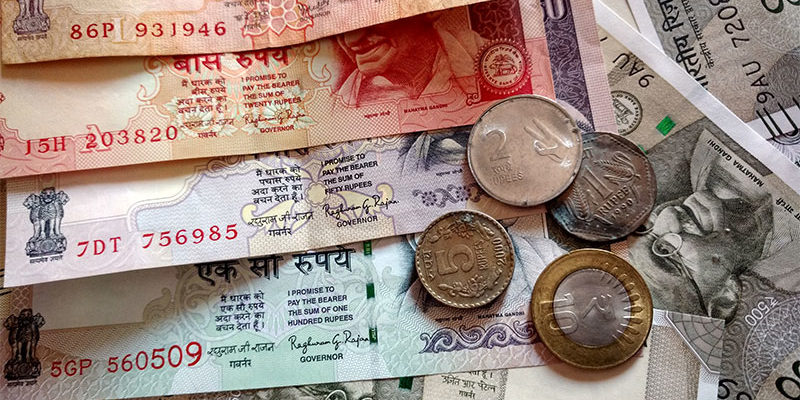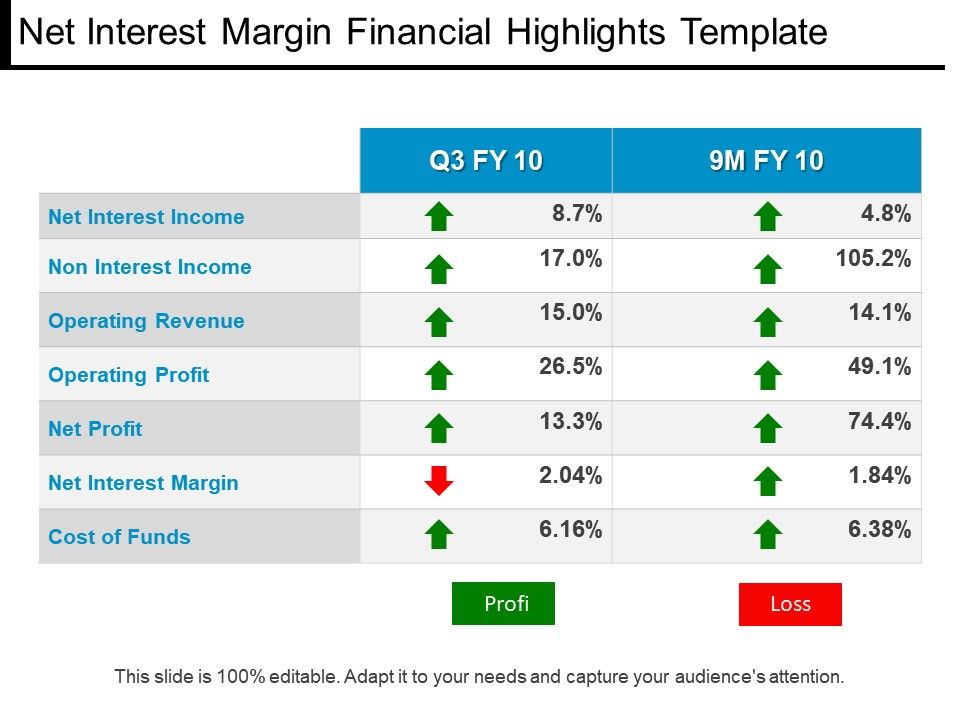
If the price of soda at the store drops due to a sale, the quantity of demand will rise. That means that a consumer that is buying the soda will generally buy more than they usually do. It doesn’t necessarily mean that consumers that were not planning on purchasing soda will start buying it. Substitute goods are alternatives for products or services that consumers see as essentially the same thing. A substitute good can easily be swapped and exchanged with another good or service while still providing similar, if not the same, results. A substitute good is a product or service that replaces another good with very little to no difference to the consumer.

Thus, the demand for a product positively correlates to the price of the substitute product. In economics, we say both products have a positive cross-price elasticity because if the price of one item increases, the demand for substitutes will rise. Sometimes the price of one good affects the price of a different good, known as the cross elasticity of demand. Consumers who substitute a good for one they normally use or buy and then stick with the substitute good are part of the substitution effect. There are other reasons beyond simple price or supply that cause a consumer to choose a substitute good.
In perfect and monopolistic market structures
Indirect substitute goods can arise from industries or categories that appear to be unrelated. For instance, if the price of bowling increases, some customers may opt to purchase more video games instead. Although these products come from different industries and are different in nature, a portion of consumers may readily substitute one for the other.

Geography is also a crucial variable to consider when purchasing substitute goods. There may be two supermarkets; one that is on the way home from work, and another that is 15 minutes out of the way. The geographical location of the store provides convenience for the customer, and they take this into account when deciding on a product. Substitute goods fulfill consumer needs when there is a change in a particular variable. Various factors such as price, quality, and geography can come into play.
Substitute Goods: Meaning, Elasticity, Examples
In other words, substitute goods have an equivalent function and one substitute good can be consumed or used in place of another. They are largely interchangeable and when the demand for one substitute increases, the demand for the other good decreases. Examples of substitute services include cable systems and satellite systems. Although they work very differently, they can be effectively substituted for one another. Other examples include margarine and butter, satellite phones and cell phones, powdered and liquid laundry detergent, and CDs and MP3 files.
Batting Cleanup: Little things can make your business shine – Northside Sun
Batting Cleanup: Little things can make your business shine.
Posted: Mon, 07 Aug 2023 17:31:20 GMT [source]
A bike and a car are far from perfect substitutes, but they are similar enough for people to use them to get from point A to point B. Giving consumers more choice helps generate competition in the market and lower prices as a result. While that may be good for consumers, it may have the opposite effect on companies’ bottom line.
In-direct Substitute Goods
The definition of a ‘perfect substitute’ is all down to the preference of the consumer. If I receive the same satisfaction from Coke as I do from Pepsi, they are perfect substitutes. If you think one tastes better than the other, then Pepsi is a ‘near-perfect substitute’ for Coke, or vice-versa.
- That is, when the price of one good increases, the quantity demanded of the other good increases, because the user can substitute one good for another.
- This is because people will prefer to lower-cost substitute to the higher cost one.
- While butter is made from cream, margarine is made from vegetable oil.
- For example, a customer might go to a store to buy a doughnut, but if none are available, they may decide to purchase a banana instead.
- When the demand for one complement increases, the demand for the other good increases as well.
There might be a specific reason like needing a large quantity, a new product comes to the market, or a consumer had a bad experience with the original good. In economics, a substitute good is a product or service that can replace another product or service with little to no perceivable difference to the consumer. There are two primary reasons someone would choose a substitute good. People will choose a substitute good if there is a significant price difference, the supply of the original good is low, or the stock is out. Substitute goods follow the laws of demand, which state that the quantity demanded is inversely related to the price of a good.
Substitute Goods Defined
For instance, you may typically purchase a freshly made doughnut from a local bakery every day. However, one day the quality of the doughnut decreases, and it becomes dry and tasteless. In such a scenario, you might consider substituting it with other options such as cakes, waffles, or any other similar products. Any item that is purchased instead of the doughnut can be regarded as a substitute good.
In today’s era, substituted goods are easily available in the market as compared to the original good. The availability of substituted goods has become easier because of globalization and technological advancement. With just a few clicks on our mobile phones or laptops, we can order Substitute goods from any part of the world.
Alternative products can cut into companies’ profitability, as consumers may end up choosing one more over another or see market share diluted. For example, if the price of McDonald’s Big Mac increases from $9 to $15, customers may choose to purchase a burger from Burger King for $9 instead. This ensures that businesses cannot simply raise prices without consequence and examples of substitute goods must remain competitive in order to retain their customer base. For example, if the price of coffee goes up, most consumers will continue to drink it out of habit or addiction, and therefore would be considered to be inelastic demand. Demand elasticity is how sensitive the demand for a good is to the change in other economic variables like price and consumer income.
For imperfect substitutes, the customer has to make a trade-off, either in price, or in quality. Artificial leather is much cheaper than real leather, and can replace it in many situations – artificial and real leather are substitute goods. Real leather is much more durable, and has a different look and feel. For this reason artificial and real leather are imperfect substitutes. Consumers will choose the cheaper one when two goods replace each other.
In case the customer’s dance class is cancelled, they might decide to enjoy a game of bowling instead. However, it is worth noting that these two products are not typically utilized as replacements for one another. In several markets for commonly-purchased goods, some products are perfectly substitutable yet are branded and marketed differently.
The law of demand simply states that, all things being equal, as the price of a good or service increases, the quantity demanded for the good or service will decline. Demand for some goods, such as food and water, are not as responsive to price as other goods, such as opera tickets. You can live without seeing Georges Bizet’s Carmen, but not so much without food or water.
For example, pancakes and maple syrup.The key difference is that substitute goods replace one another, whilst complementary goods add value to the other. A substitute good is not necessarily just a physical product; it can also be a service. Essentially, it is a product or service that is used in place of another. Price is perhaps the most common reason why customers consider substituting goods. For instance, in a restaurant, a pint of beer may cost $10 while a cola may cost $3.
For example, if Country Crock and Imperial margarine have the same price listed for the same amount of spread, but one brand increases its price, its sales will fall by a certain amount. In response, the other brand’s sales will increase by the same amount. The cross elasticity of demand of perfect substitute goods tends to positive infinity. Two goods that are neither complementary nor substitutes and are independent of each other show zero cross elasticity. The change in the price of one product does not affect the other product pricing, and it remains constant.
Glass Bonding Adhesives Market Size To Reach US$ 5.4 Billion by … – Digital Journal
Glass Bonding Adhesives Market Size To Reach US$ 5.4 Billion by ….
Posted: Mon, 07 Aug 2023 12:46:40 GMT [source]
A perfectly competitive market is a theoretical benchmark and does not exist in reality. If the price of one product rises, the demand for the other product rises since consumers will prefer to pay a lower price if the utility derived is almost the same. If the change in price causes a significant change in quantity demanded, the product is said to be elastic. If the change in price causes a small change in demand, it is called inelastic demand.
Substitutes that are not identical to the original have a low cross-elasticity of demand. A 1% increase in the price of good A would lead to less than a 1% decline in the quantity demanded of good A. Positive cross-elasticity of demand will mean an increase in the price of one product which will lead to an increase in demand for the other product. There is a subtle difference between quantity demanded and basic demand.
That is, consumption of one product reduces or replaces the need for the other. For example, if you are moving from point A to B, you can only use a car, bicycle, or another mode of transportation. However, the demand and pricing of substitute products exhibit a positive correlation. This means if the price of one product increases, the demand for the other increases. For example, if the price of apples rises by 1%, the quantity demanded of oranges would not change. Almost every consumer has experienced a situation where they substitute a brand or a product they regularly use for something else, whether it is because of supply or price.